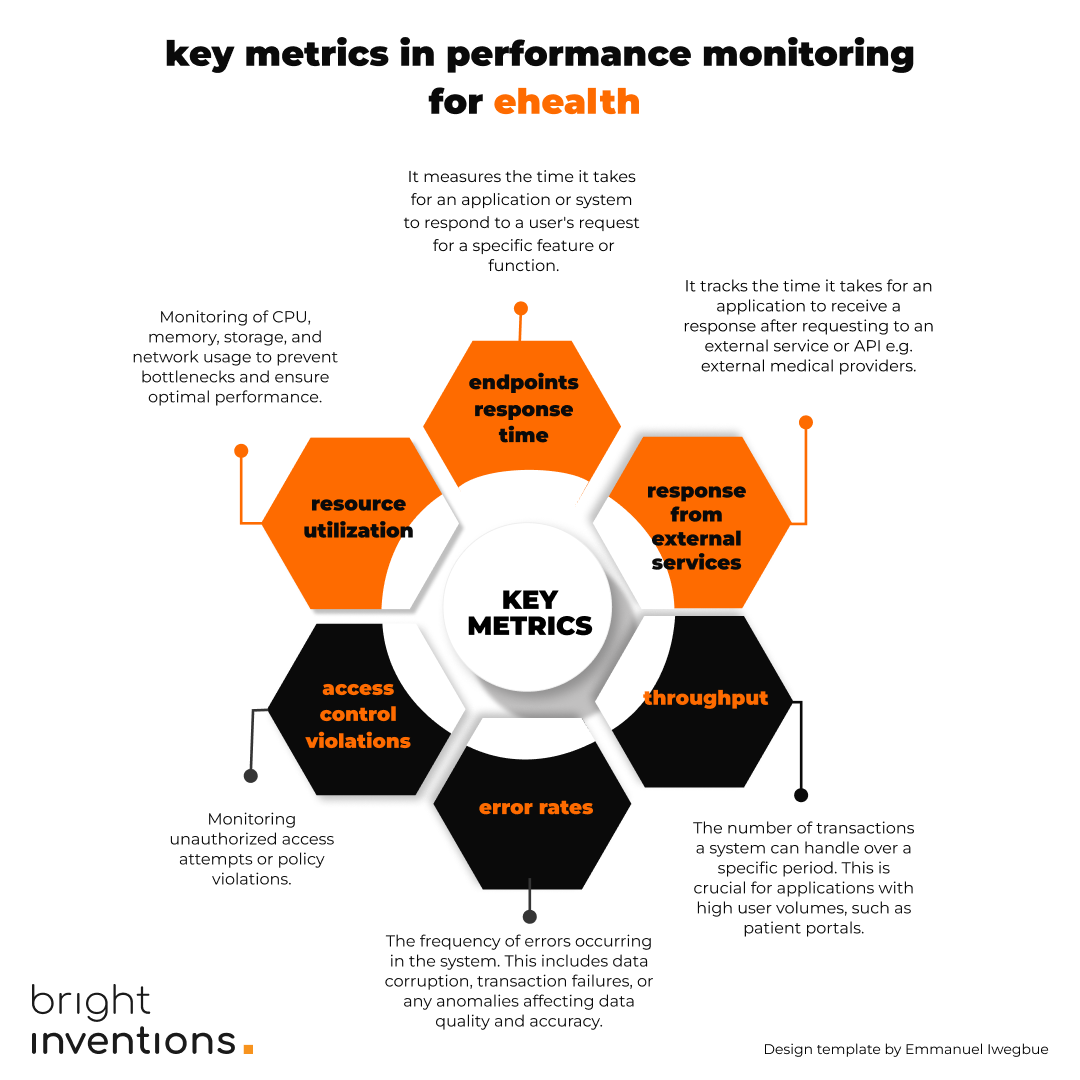Why Do Users Uninstall Healthcare Apps? Insights and Solutions
Are healthcare mobile app users more likely to uninstall your app compared to others? How can you keep your users engaged and committed to your solution? Protect your healthcare app from the risks of user abandonment by implementing 6 mobile app development practices.

App downloads are definitely one of the key success metrics to track when developing a mobile health application (mHealth). However, app downloads don’t provide the full picture. They should be complemented with the uninstallation rate.
A survey from 2022 shows that around half of the users of a healthcare mobile app will uninstall it within the next 30 days.

Although these numbers might alarm app owners, it's useful to consider some benchmarks. The uninstall rate for Android apps generally falls between 40-50%. In this context, healthcare apps don’t seem to deviate from the trend. This is simply the nature of the app lifecycle. As noted in an article, more than half of all apps installed are uninstalled within 30 days of download.

Source: AppsFlyer
download the free guide on scaling HealthTech

So, is there anything we can do to reduce the user abandonment rate? Let’s explore the top solutions to prevent users from uninstalling your app.
1. User-Focused Marketing Campaign
It all starts way before the app installation. You plan a marketing budget for user acquisition, but do you truly understand your target group? If you target the campaign to the wrong users, they will install the app, realize it’s not for them, and uninstall it – yet you will still have to foot the bill for acquiring them. Verify your marketing campaign with your marketing team to ensure you're reaching the right target group.
If you feel like you still need to refine your user persona, check out our free workshop template. It will assist you and your marketing and sales teams in this process.
2. Personalized onboarding
In mobile health apps, the onboarding process should emphasize personalized treatment for your users and show that you care about them. This is particularly important if your mHealth app is designed to assist users with chronic conditions that affect their everyday lives or significant life events such as pregnancy, postpartum, or menopause.
Explore the case study of a FemTech app where simplifying and depersonalizing the onboarding process actually decreased the completion rate.
First interactions with the app are also crucial, as users admitted in the survey that they install several apps, compare them, and then keep only the best one:

3. Decisions based on data, not assumptions
This point ties directly into the previous one. Before launching your app, you should install analytics tools – ideally more than one for data comparison – to observe how users interact with the app, including during onboarding and with crucial features. Only then will you truly understand how your solution performs and be able to respond accordingly. This approach is known as data-driven development, and we strongly encourage you to introduce it to your software development team.
These are examples of metrics you should measure:

Also, read more about these mobile app success metrics and analytical tools that will help you measure them.
4. Inclusive AI for healthcare
Another key reason for mHealth app uninstallation is that the app is 'not easy to use'. To address this, an inclusive UI can naturally attract users to your solution by immediately demonstrating the value of the mHealth app.
Understanding the user persona is again a key! Before any mockups are developed, it’s wise to organize product workshops with your team to understand the end-users, benchmark your solutions against others, and establish core design principles.
A case study: An App for Individuals with Parkinson’s Disease
Designing an app for individuals suffering from Parkinson’s can be particularly challenging, as it must cater to users experiencing tremors and other movement disorders. Additionally, some users may be less tech-savvy. From the outset, it is crucial to design a UI that minimizes the potential for errors and, if an incorrect input does occur, easily allows the user to correct it.
If you want to read more about developing a mobile solution for People with Parkinson's Disease, read the case study!
Also, if you are looking for more UX and UI best practices for healthcare, check this article on UX Design for Healthcare and Medical Apps Case Study.
5. Minimizing users' frustrations with app performance monitoring
Patients don't want to be your guinea pigs. It’s your responsibility to ensure the app performs properly. You should proactively monitor any performance issues, which is only possible with app performance monitoring tools. If you don't have performance monitoring implemented, check out our technical tutorial on how to set up app performance monitoring for healthcare.
Performance monitoring in healthcare offers numerous opportunities to identify potential issues in your solution before they frustrate your users:

6. Patient engagement and gamification for better motivation
One of the main reasons mobile health users uninstall the app is due to boredom or loss of motivation. This is mostly applicable to lifestyle and fitness apps.

Gamification in mHealth apps
In gamification context, some identified themes were linked to various motivational affordances (game elements) in mHealth apps. The motivational affordances identified in this study include leader boards, challenges, levels, connection (relatedness), achievement, feedback, prompting, and tracking. An important factor was that most respondents who use non-gamified mHealth apps stated that motivation significantly affects their adherence. Hence, introducing game-like features can increase the prospect of adoption and continued use of fitness apps.
This data suggests that if your app's goal is to engage users, you should consider integrating gamification features, possibly even in the MVP phase. These features are likely to be key components of your solution and a critical factor in its success.
If you want to delve deeper into patient engagement and gamification, read our blog post on the subject.
